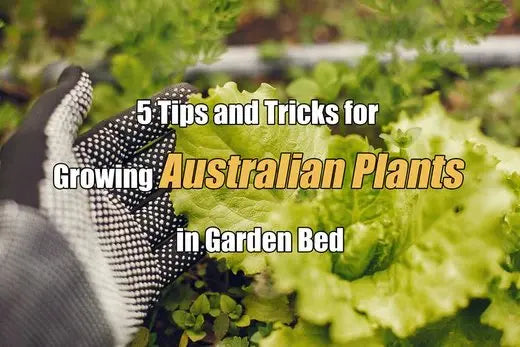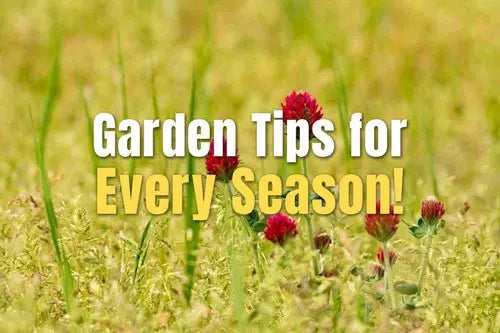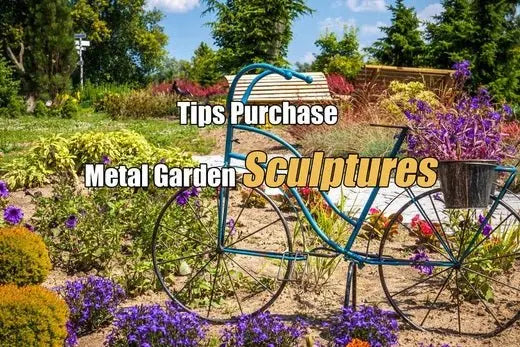Natural Ways to Prevent Weeds in Your Garden Bed for a Maintenance-Free Garden
By Peter Gill
There's nothing more frustrating than unsightly weeds ruining the appearance of your otherwise splendid garden. While there is a multitude of commercial weed control products available, there are also numerous cost-effective and natural methods to eliminate weeds from your garden and pathways. Today, we aim to simplify your quest for these solutions so you can quickly discover a range of in-home care approaches. Just invest a few moments in reading the following list, and you'll be well-prepared to tackle this challenge. Let's get started!
Using Mulch for Weed Control
Consider employing mulch (such as shredded leaves, brown cardboard, straw, or wood chips) on metal raised beds to overlay the soil surrounding your plants. This protective layer obstructs weed seeds' access to sunlight, thereby preventing germination, stifling growth beneath it, and retaining essential moisture. As the mulch gradually decomposes, it offers valuable nutrients and helps regulate soil temperatures.
To deter weed growth, it's advisable to apply a layer of mulch that's at least one inch thick in the spaces between your plants and along the rows. To further discourage insect invasions and prevent rot, maintain a distance of a few inches between the mulch and the base of your plants. While organic mulch like straw is a popular choice, there are also inorganic alternatives, such as black plastic and landscaping fabric.

Prevent Weed Growth by Utilizing Ground Covers with Weed-Inhibiting Properties
Depending on the nature of your garden space, a highly effective strategy for impeding weed growth by denying them the sunlight and moisture they require involves employing ground cover plants. In professional landscape construction, incorporating these ground covers is standard practice. However, if you've undertaken your landscaping project, you'll be pleased to know that we have the solution to the query, "Which ground cover plants are most suitable?" Cornell University has already conducted comprehensive research in this area, selecting plants based on their capacity to establish themselves quickly, demand minimal maintenance, and effectively outcompete weeds. Here are some of their recommended options:
- Blue Wood Sedge (Carex flaccosperma)
- Leadwort (Ceratostigma plumbaginoides)
- Liriope (Liriope spicata)
- Lady’s Mantle (Alchemilla mollis)
- Coral Bells (Heuchera americana) 'Chocolate Veil'
- Catmint (Nepeta x faassenii) 'Walker’s Low'
- Autumn Goldenrod (Solidago sphacelata) 'Golden Fleece'
By utilizing these ground cover plants, you can effectively thwart the growth of weeds in your garden.
Blocking Out the Light!
When dealing with stubborn or numerous weeds, one effective method is to block out light. Lay down dampened newspaper (using only black ink) or brown cardboard (with any tape removed) to cover the soil. Then, top it with a 2-inch layer of straw or compost. This approach ensures that weeds lack the light they need to thrive. While some persistent perennial weeds may still survive, most won't penetrate through this barrier, resulting in minimal need for weeding. Moreover, you'll conserve water and promote a thriving environment for worms and soil.
Scorching Weeds with Boiling Water
This technique may seem remarkably straightforward, but it can be highly effective. Boil some tap water in a kettle, and once it's ready, pour it directly onto the base of your weeds. For more enormous weeds, you should repeat this process three or four times to prevent their return. This is a budget-friendly and hassle-free solution worth trying. Just remember to wear appropriate protective clothing to avoid the risk of scalding hot water splashing onto your feet, legs, or hands. Interestingly, some individuals have found this method to be more effective than using vinegar. Why not give it a shot?
Removing Them by Hand
Sometimes, you'll still need to manually extract weeds throughout the season. It might not be your favorite gardening task, but oddly enough, it can be therapeutic and almost meditative for some of us! When tackling this chore, it's advisable to don waterproof gloves and consider using a comfortable kneeling pad or camp stool for those more extended weeding sessions.
Weeds are more accessible to remove from the soil when the ground is damp, and the weeds are in their early stages of growth. The key to successful weed pulling is ensuring you remove the roots, especially since many common weeds, such as dandelions, can regenerate from any remnants left in the soil. To do this effectively, grasp the weed close to the soil line and gently twist it to dislodge the roots. If you snap off the roots accidentally, you can use a fork to delicately pry the rest of the plant out of the ground, ensuring you get all the roots.
Conclusion
In conclusion, these natural methods offer a sustainable approach to maintaining a


